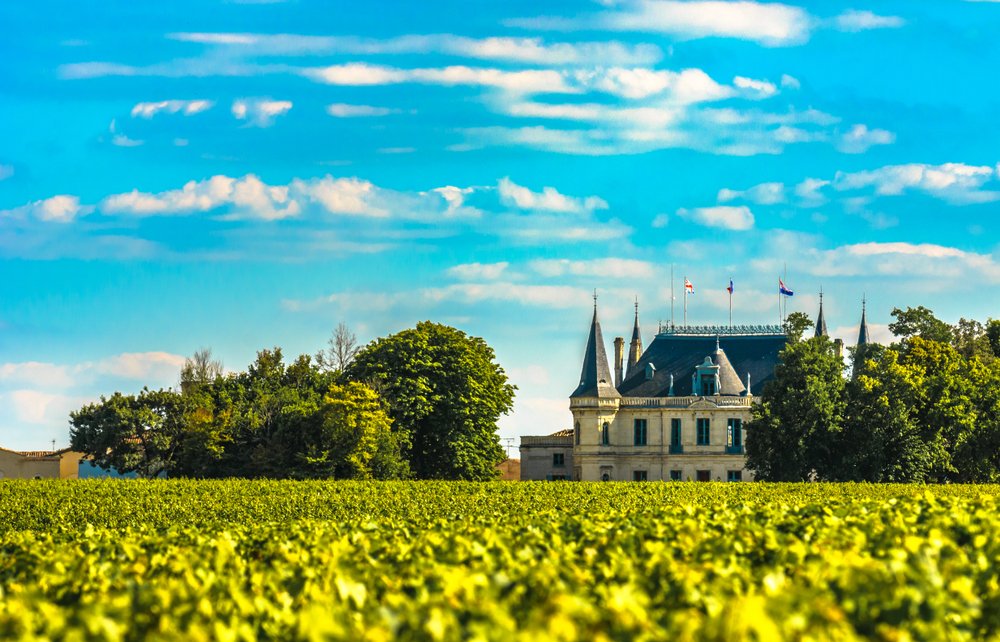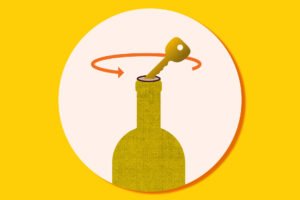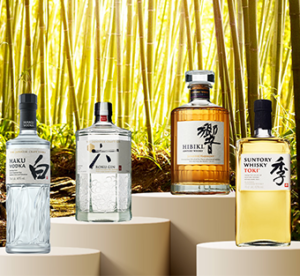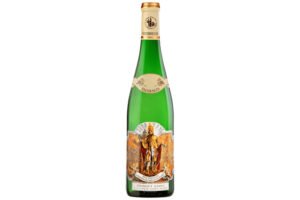Should You Invest in Ex-Château Bordeaux Wine?

[ad_1]

Collectors may hesitate to invest in ex-château Bordeaux—but vineyards like this have made huge strides in overcoming the issues created by the market bubble of years past.
Once upon a time not so long ago, ex-château Bordeaux was in the midst of a historical identity crisis. After centuries of being lauded as one of the finest wine regions in the world, fraud and a market bubble forced its winemakers to make a drastic move: forgo en primeur sales in favor of ex-château.
More estates than ever are holding back bottles from their finest vintages and keeping them safely stored in the winery’s cellar years after their initial release. While this emphasis on ex-château Bordeaux is worrying some winery stockholders, for collectors, this has largely been a positive change. In a market where wine fraud can run rampant (especially when it comes to Bordeaux wines), collectors have longed for a safer way to buy wine. Offering opportunities to invest in ex-château Bordeaux wine is this region’s answer to the call—but is the investment right for you?
Why are More Producers Offering Ex-Château Wines?
Selling wine en primeur is generally easier for wineries than selling wine ex-château because the winery can sell hundreds of futures before the wine has even been bottled. Liv-ex’s James Miles explains, “When you can sell your wine for 500 euros per bottle in a single phone call to a courtier, with minimal distribution or marketing cost, at gross margins of 98% and hold no stock, why would you want to change a thing?”
Meanwhile, selling wine ex-château requires more time and labor. The winery must store the wine properly, then wait on profits for years after the vintage’s initial market release. In this sense, wineries behave like serious wine collectors themselves, holding their young bottles until they are close to their peak maturity, then selling them for a higher price.
If wineries aren’t making as much profit off of ex-château Bordeaux, why are we noticing a shift toward this sales technique? Some experts point to marketing strategies and the trend of “ready to drink” wine. In the competitive wine market, collectors are willing to spend more on bottles that they know are authentic, and that they don’t have to store for over a decade. In addition, if the winery has a lean season in which the weather is poor, its owners can rely on sales of ex-château back vintages to see them through the year.
A Case Study in Lafite, Latour, and Haut-Brion

Château Lafite-Rothschild is one of many Bordeaux producers that has suffered from wine fraud in the past. Selling ex-château may help them avoid repeating history.
Château Lafite-Rothschild is one of many Bordeaux producers that has suffered from wine fraud in the past. Selling ex-château may help them avoid repeating history.
In 2009, after a few years of disappointing weather, Lafite-Rothschild was buzzing with excitement over its newest vintage. The weather had been superb, and experts called the vintage one of the best to leave the estate in that decade. However, Lafite’s celebration was short-lived; during en primeur week, fraudulent wine sellers offered their customers thousands of dollars’ worth of Lafite futures—far more than what was available at the estate. At the time, wine sales director Simon Staples told a journalist, “I would not be surprised if three times more 2009 Lafite will be sold than has been made.” The situation left collectors wondering whether the wine futures they were buying were authentic, or if they were being tricked by frauds.
Lafite wasn’t the only estate to face this looming problem. Latour and Haut-Brion had each experienced secondary market fraud and skyrocketing prices in the 2000s, and the owners had little control over their wines once they hit the market.
By 2011, Latour decided to try something new. The estate withheld all en primeur sales and saved a good portion of its wine for ex-château sales instead. When wine expert Jane Anson spoke with Latour’s marketing director at the time of the change, he told her that Latour’s goal was to put the focus back on the wine, rather than putting money in the pockets of potential frauds. Haut-Brion soon followed in Latour’s footsteps—and based on the market data, their gamble might be paying off in steady sales.
As these examples illustrate, ex-château sales offer producers a means of preventing fraud and preserving the quality of their wines—and their reputations. Selling en primeur leftovers as ex-château wines also allows producers to clear storage space quickly for the next year’s stock. Bordeaux sales have seen massive dips and spikes on the market over the past decade, and a focus on ex-château is the region’s method for taking back control of the market.
But what benefits do collectors receive from investing in ex-château Bordeaux?
Why Invest in Ex-Château Bordeaux Wines?
If you invest in ex-château Bordeaux, you’ll likely spend a little more than you would otherwise—roughly 10 percent more than market value, in most cases. But in return for the higher price you can realize a number of benefits:
- Authenticity. Unless you buy from a retailer that inspects bottles carefully for authenticity, it’s difficult to know whether the bottles you’re buying are real, or if you’re buying gussied-up cheaper wine. Buying ex-châteaux guarantees the authenticity of your wine and helps you show a clear line of storage. This increases the worth of that wine later, should you choose to resell it.
- Safety. Because the wines are shipped directly from the vineyard to collectors’ cellars, buying ex-château presents a significant advantage in terms of preserving your wine’s provenance.
- Saved storage costs. Wineries typically hold ex-château wines until they are ready to drink or close to it. So while you might spend more upfront on an ex-château wine, you can save the time and money it would otherwise cost to store wine in a cellar for at least 10 years.
- Quality. Most of the time, you’ll be able to find tasting notes before you invest in an ex-château Bordeaux, allowing you to assess in advance whether a wine will be right for you.
After Investing in Ex-Château Bordeaux: Enjoying or Reselling Your Wine
When you invest in an ex-château Bordeaux and plan to enjoy the purchase yourself, you can look forward to doing so almost immediately after it arrives at your doorstep. Because ex-château wines are sold at, or close to, peak maturity, you shouldn’t need to decant your wine long, if at all. However, for the best drinking experience, be sure to serve at optimal temperature: 61-64° Fahrenheit (16-18° Celsius) for red wine, 43-47° F (6-8° C) for white wine, and around 50° F (10° C) for Sauternes. Also, check recommended wine pairings if you’re not sure what foods will best complement your wine tasting.
If, on the other hand, you intend to resell, it is recommended that you have your wine shipped directly to a bonded warehouse or stored professionally until it is ready to be resold. This way, you can show future buyers extensive paperwork proving that your wine never left the hands of professionals. Your buyers will feel more confident in the authenticity and quality of their purchase, and as a result, you’ll see a greater return on your investment.
Whether you are starting your high-end wine collection or adding to an established portfolio, Vinfolio is your partner in buying, selling, and professional storage. Contact us today to get access to the world’s finest wine.
[ad_2]




